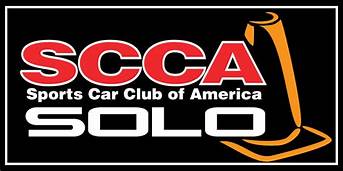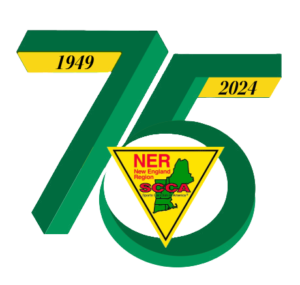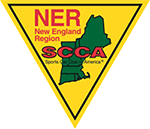Autocross
Navigate a precision course marked by cones, for the fastest time.

“Solo®” is the brand name for SCCA® Autocross and on paper it seems very simple – use traffic cones to make a mini-roadcourse in a parking lot or airport and see who can get the lowest time without hitting any cones or going off course.
Despite the low overall speeds attained during competition, it’s one of the most intense, rapid-fire forms of motorsports you can enter, with barriers to entry low enough that many drivers are able to be quite competitive at it.
Competitors range from the casual participant who may use the same car that they drive daily to work to the hard-core driver who has a dedicated competition car, special tires, and uses lots of vacation days to squeak out every last fraction of a second. In between the extremes, there are levels and classes for different degrees of car modification. There are even classes for ladies and also a Junior Driver Program for kids in age appropriate karts.
Whatever your level or car – there is a place for you in SCCA Solo.
If you have never autocrossed before or don’t know the specific details, check out the “I want to Autocross” page. It will give you the basics of participating in an event. Don’t worry – it’s pretty easy and there are people to help along the way.
If you have been autocrossing, or want to know more about the different levels within SCCA Solo, keep reading or find out more in-depth information below.
Autocross Levels
Autocross Rules and Regulations
Autocross Classes
Cars and vehicles are classed in Autocross according to modifications and potential. Each category has a set of allowed modifications and then the cars are divided into classes by ability. After all, it wouldn’t be fair to have an Italian exotic against an economy car.



